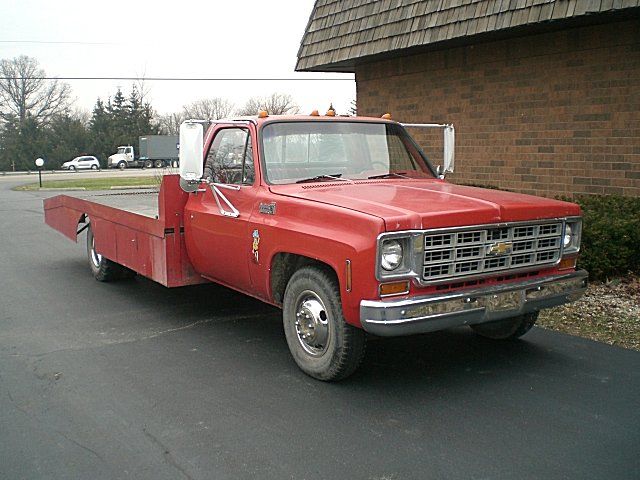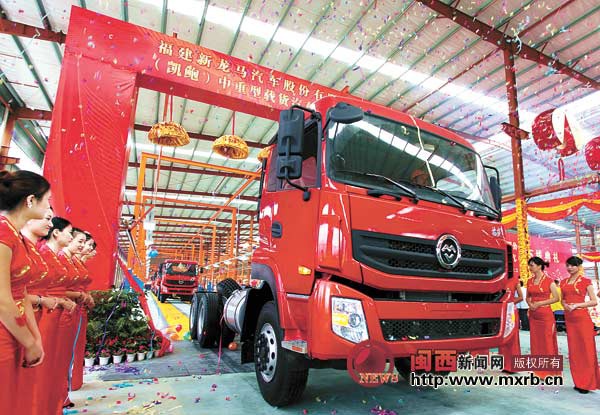Chevrolet
Commercial
Chevrolet Series 20 / 30 ‘1973
An all-new clean sheet redesign of General Motor’s Chevrolet and GMC brand C/K-Series pickups débuted in 1972 for the 1973 model year. Development of the new third generation trucks began in 1968, four years prior to production in 1972, with vehicle components undergoing simulated testing on computers, before the first prototype pickups were even built for real world testing.
The redesign was revolutionary in appearance at the time, particularly the cab, departing from typical American pickup truck designs of the era. As a result, the third generation quickly became known as the “rounded-line” generation; although some people refer to them as “square bodies”, given that the trucks appear square-like by more modern standards. GM’s design engineers fashioned the “rounded-line” exterior in an effort to improve aerodynamics and fuel efficiency, using wind tunnel technology to help them sculpt the body.
Third generation design traits include “double-wall” construction, sleek sculpted body work, flared secondary beltline and a aerodynamic cab which featured rounded doors cutting high into the roof and steeply raked windshield featuring an available hidden radio antenna embedded into the glass.
Third generation rounded-line C/K-Series pickups gained an all-new, high tensile strength carbon steel ladder type frame with “drop center” design. Driver control systems included hydraulic variable power assisted steering and hydraulic Hydro-Boost 4-wheel power assisted brakes, which consisted of front self adjusting disc brakes and rear finned drum brakes.
Engines choices initially consisted of six or eight cylinder engines with either manual or Turbo Hydra-Matic transmissions. C20 wheelbases were 129.6 and 164.5 inches. The 307 cubic inch V8 was standard power plant. All wheel drive version K20 was also available. 1-ton C30 model used 131.5 or 159.5 inch wheelbase.
For 1975, the 185 hp 400 cu in (6.6 L) small-block V8 was added to the line and there was a realignment of Chevy trim levels, along with new grilles and clear/white instead of orange front turn signals. Base models gained a passenger-side woodgrain dash accent and a new plaid upholstery pattern.
For 1977, there was another round of new grilles, revised inner door panels that left less metal exposed, a four-wheel drive, full one-ton chassis was added to the lineup, and a Dana 60 was used for the front axle, as well as an electric oil pressure gauge replacing the mechanical unit.
The addition of the 125 hp 350 cu in (5.7 L) Oldsmobile diesel V8 began in 1978. All models got new, flatter dash trim panels, black on the lower two trims and aluminum-look on the fancier two. Base models received the flatter stainless hubcaps.
The 1979 models got a new grille surround that incorporated the turn signals; inside there was a new full-width “houndstooth” seat trim on base models. Some 1980 models had a new grille, others did not; high-trim Chevys had both a new surround that incorporated near-flush square headlights and revised turn signals with a new, squarer grille pattern.
Predecessor: Chevrolet Series 20 / 30 ‘1971
Successor: Chevrolet Series 20 / 30 ‘1981



















